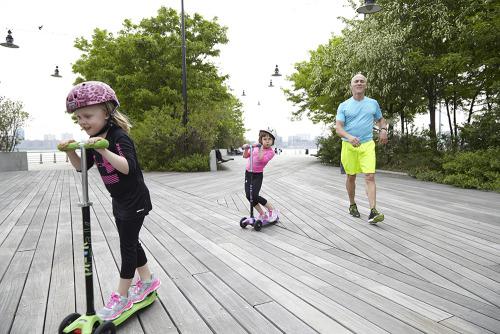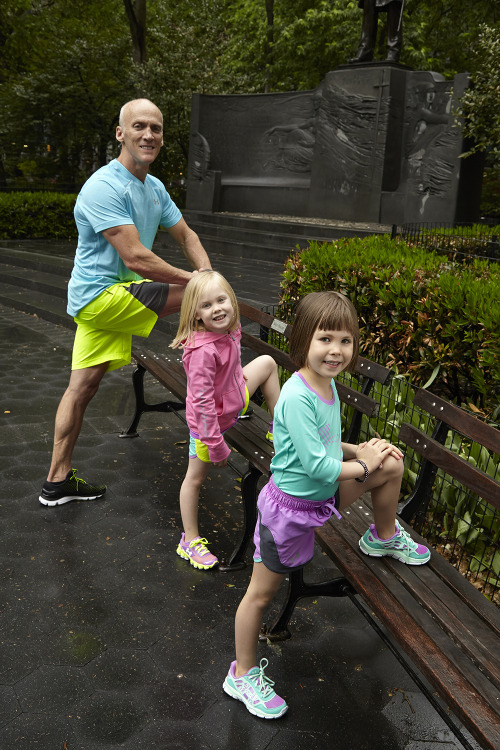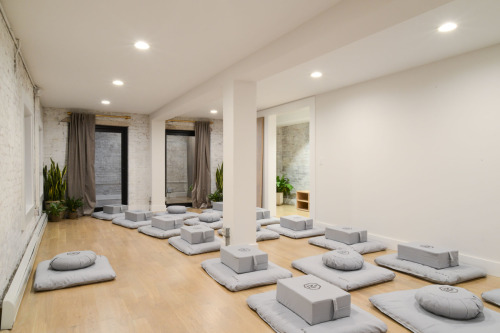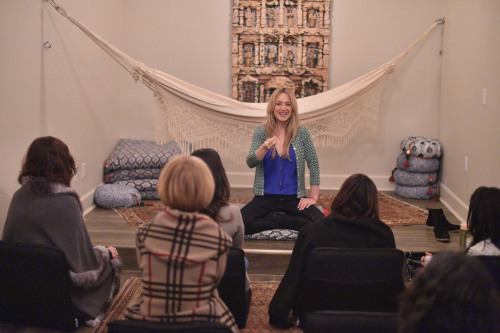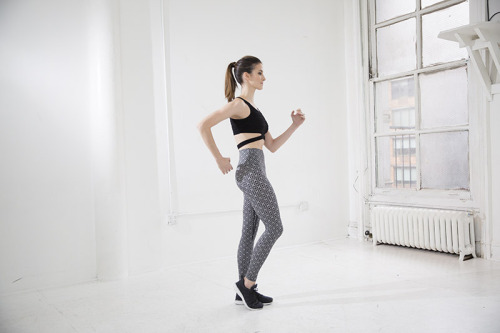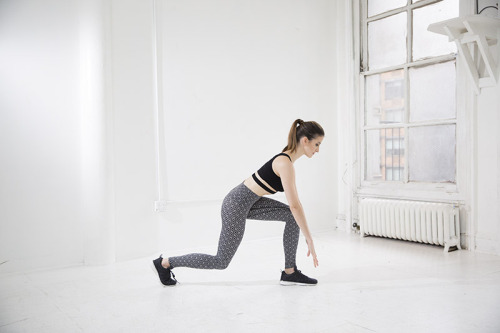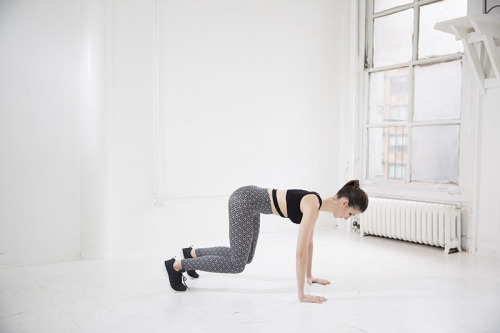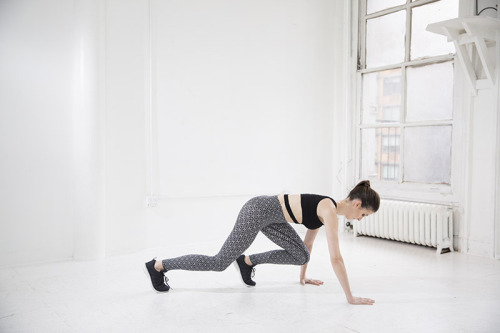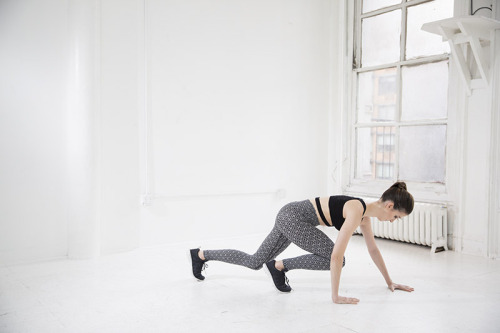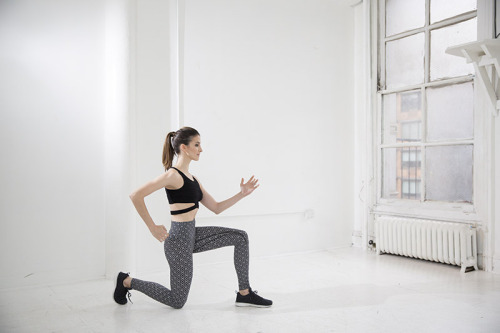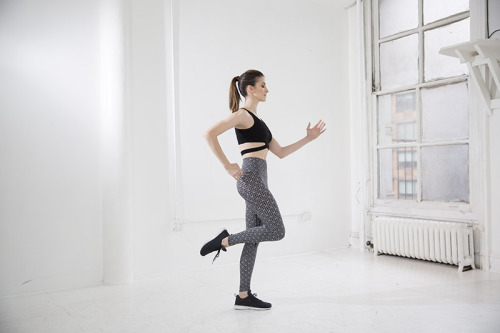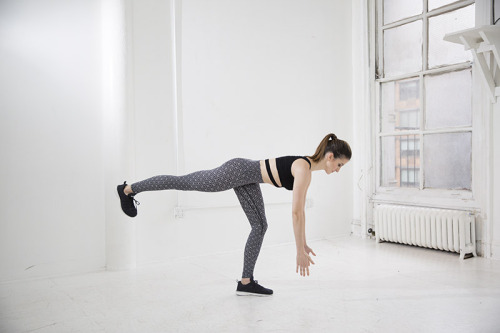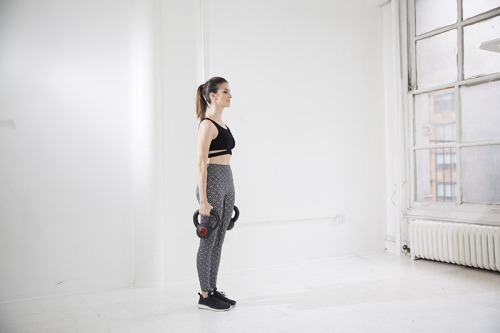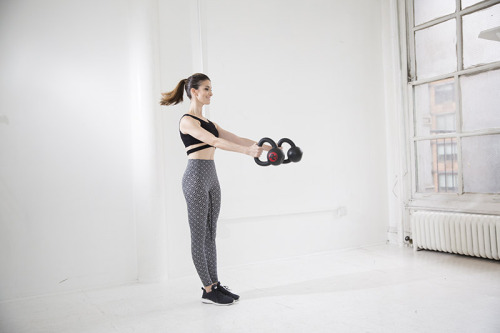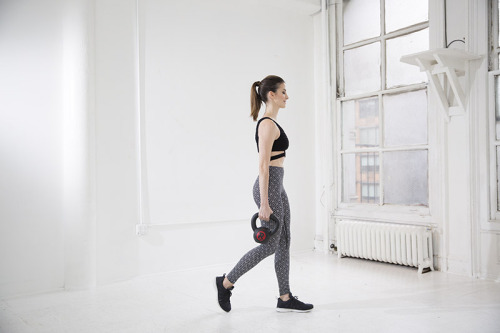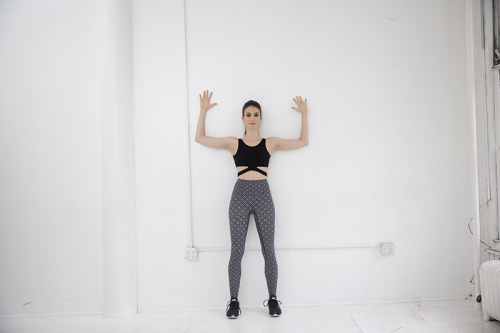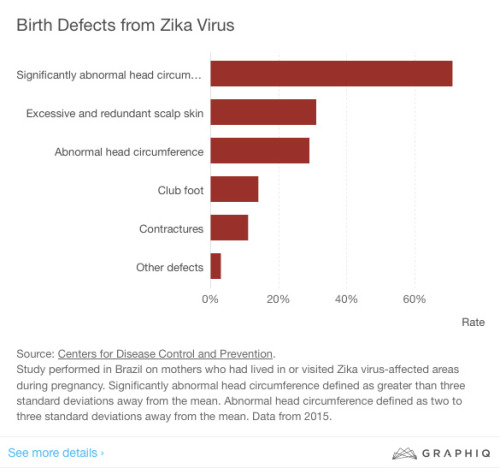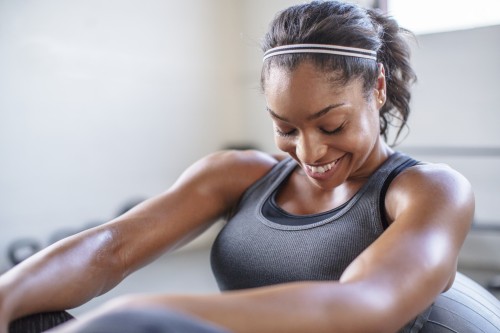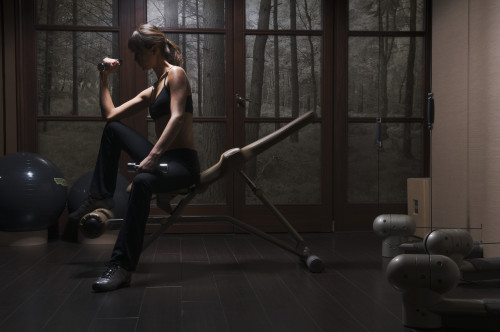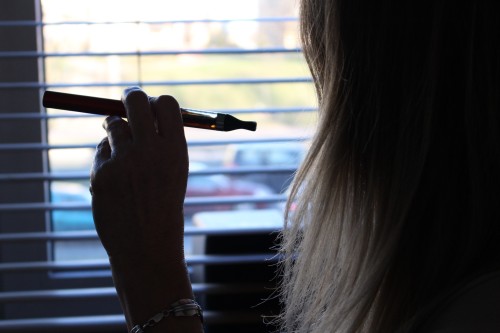The 5 Types of Leaky Gut

Is your tummy hurting again? Understanding your gut type can be the first step to feeling better.
Excerpted from Eat Dirt: Why Leaky Gut May Be the Root Cause of Your Health Problems and 5 Surprising Steps to Cure It by Dr. Josh Axe.
We know that the body’s organs and systems are inextricably linked — the health of each is dependent upon, and affects, all others. When it comes to leaky gut, multiple systems throughout the body are involved. Following every thread of this delicate web is part of the diagnostic process that helps us identify leaky gut. Once we have that diagnosis, we can turn our attention back to the web that created it and address each individual thread in our treatment.
Treating thousands of patients over the years, I’ve seen firsthand how unique every person’s health story really is. For some, the root cause of their leaky gut might be candida overgrowth. For others, it might be immune system dysfunction. When specific body systems are not functioning optimally, the path may require a slightly different approach to healing. If you can zero in on what’s going awry in your body and identify the weakest link, you can begin to fix systemic problems at their source.
Related: Leaky Gut: What It Is and How to Heal It
To learn your personal gut type, take my 30-second quiz at isyourgutleaking.com. This quiz can help you to determine which gut type best reflects your situation. Once you have your gut type, type‐specific modifications detailed in my book Eat Dirt may help. If you’ve been hoping for more dramatic results, you may find these specific guidelines are just what you need.
The Five Gut Types
Read through the following list to see if any of the gut types seem similar to your individual health status. Do you see yourself in any of these descriptions?
- Candida gut, related to yeast overgrowth, is often caused by birth control pills and a diet high in sugar and foods that cause “dampness,” such as cow’s milk dairy, bananas, and wheat. Candida gut is related to the earth and fire elements in Chinese medicine.
- Stressed gut happens when emotional stress, excess sugar, and carbohydrate consumption stress the adrenals, kidneys, and thyroid, which then cause leaky gut. Stressed gut is related to the water element in Chinese medicine.
- Immune gut is triggered by taking prescription antibiotics and medications, consuming a diet high in inflammatory foods, and going through emotions of grief, depression, and disappointment. These issues can cause weakened immunity, food sensitivities, and inflammatory bowel disease. Immune gut is related to the metal element in Chinese medicine.
- Gastric gut comes from chronically poor digestion, antacids, and a lack of nutrient absorption that prevents the gut from maintaining healthy organs, which often results in small intestinal bacterial overgrowth (SIBO), acid reflux, bloating, or gas. Gastric gut is related to the fire and earth elements in Chinese medicine.
- Toxic gut develops when a diet high in bad fats and toxins overworks the liver and gallbladder, and often results in toxicity, gallbladder disease, and skin issues. Toxic gut is related to the wood element in Chinese medicine.
Does any one gut type immediately leap out at you? Normally people get a “gut reaction” (ha!) to the one that fits them best. To help you further determine your particular gut type, take the quiz at eatdirtbook.com/whats-your-gut-type.
What You Need to Know about the Gut Types
Now that you know your gut type, it’s important to understand how to use this information. Keep these key points in mind:
- The gut type quiz tells you what you likely are, but it’s important to listen to your body. Pay attention to how you feel after you eat, and note which foods make you feel good, and which foods seem to be a problem. I recommend starting a food journal to track your reaction to different foods and supplements.
- Your results could change over time as you improve or face different stressors in the future. The body is constantly reacting and changing, so it’s possible to be one gut type now, but a different gut type a year from now when you’re under a new type of stress. As the body changes, you need to change your protocol to support specific organ systems in a different way.
- Be aware that emotions cause organ dysfunction. Everyone experiences multiple emotions daily, but if you’ve recently experienced a major trauma — a death in the family, a serious accident, getting laid off at work — it’s not surprising that you could be experiencing leaky gut. Focus your efforts on relaxation and stress relief first, and be patient with yourself — it may take some time for your body to rebound.
Dr. Josh Axe is a certified doctor of natural medicine and clinical nutritionist with a passion to help people get healthy by using food as medicine. Dr Axe also has a doctorate in chiropractic. In 2008 he started Exodus Health Center, which grew to become one of the largest natural healthcare clinics in the world. Visit his website at www.DrAxe.com.
Read This Next: DIY Herbal Remedies for Cold and Flu Season
Let’s keep in touch! Follow Yahoo Health on Facebook, Twitter, Instagram, and Pinterest.
